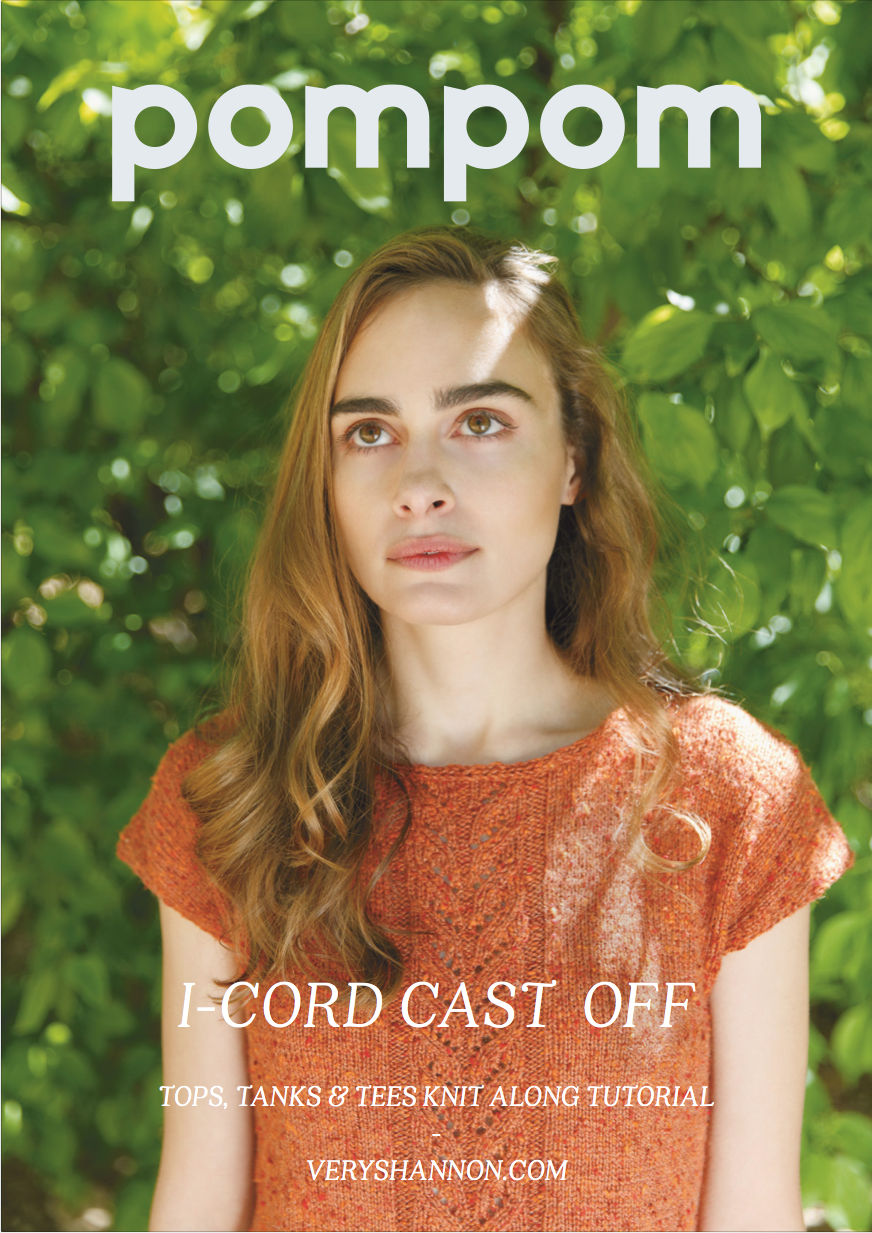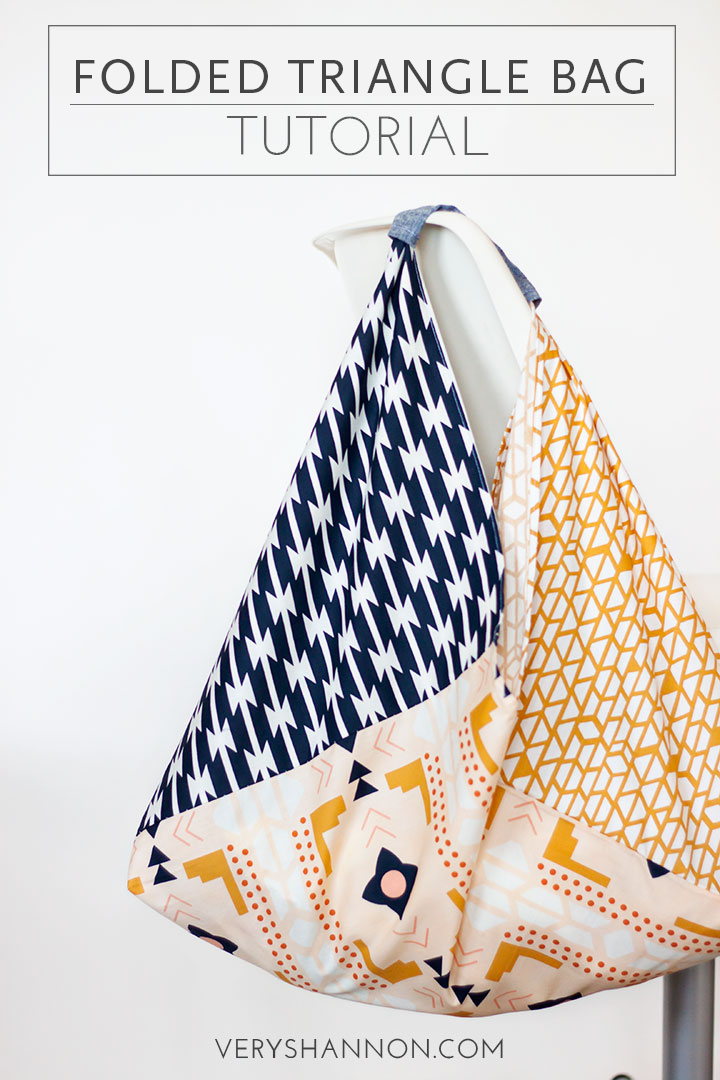Do not fear the zipper.
Do not deny yourself of a bevvy of adorable zippered pouches. Trust me on this one folks. I spent years sewing avoiding sewing zippers. Now that I conquered my fear of zips I've been having so much fun with them! They are honestly just like what everyone says - scarier than they look and wayyyy easier than you think to sew. Once you do a few you will be a pro at them! I prefer zippers over sewing buttonholes any day!!
Now like most knitters I take knitting with me most places I go. The other day I found myself needing to pack multiple needles but didn't want to lose them in my knitting bag. So I started thinking there must be an easier way to keep my spares organized, without a huge case, that's easy to access and doesn't take up much room. I then thought - can I put them in my zippered pouch? Nope, not enough room (I carry a lot in mine). Then, better yet, why can't I have a separate section for my circulars on my pouch? Yesssss! I could do that! And
The Brigitte Needles & Notions Zippered Pouch was born!
When I got my hands on some of Pat Bravo's new line
"Rapture" from
Art Gallery Fabrics I knew they would make a lovely and pretty zippered pouch. I used the following prints for my pouch...
The Delicate Femme Apricot is my fave from the whole collection. So gorgeous! I want to make a dress in it this year! You can read more about my review of this pretty
new line here.
Now don't be scared of making this pouch. I promise it's not hard! Really. It's a basic zippered pouch with a zipper insertion that I think isn't the standard way to do them but a way that I really like. It's super duper easy and you can get right close to the zipper teeth so you get a clean finish. But feel free to put your zipper in any way you'd like to. And adding the pouch portion is a breeze. If you can sew straight lines you can make Brigitte! Trust me.
You ready? Let's get those needles and notions organized! You deserve a pretty new pouch for spring!
BRIGITTE NEEDLES & NOTIONS ZIPPERED POUCH TUTORIAL
*Copyright 2014 VeryShannon.com. All rights reserved. This tutorial is for personal use only unless prior permission has been given. Email askveryshannon@gmail.com if you have questions.
FINISHED MEASUREMENTS
8" W x 4.5" H (Front & Back)
6.5" W x 2.25" H (Pocket)
MATERIALS
4 @ 8.5" W x 5.25" H ( 2 for Outer Pouch and 2 for Inner Pouch)
2 @ 2.75" H x 4.5" W (Pocket Flap)
2 @ 7" H x 5.25" W (Pocket)
Interfacing - I use
& love
931TD Pellon Fusible Interfacing cut to the sizes/quantity below:
2 @ 8.5" W x 5.25" H Light to Medium Weight Fusible Interfacing
1 @ 4.5" W x 2.75"H Light to Medium Weight Fusible Interfacing
1 @ 5.25" W x 7"H Light to Medium Weight Fusible Interfacing
1 9" zipper
Zipper foot for your machine
Coordinating Thread
1 Snap
Rotary Cutter w/mat or scissors
Pins
INSTRUCTIONS
*All seam allowances 1/4" unless otherwise noted.
STEP ONE: PREP POUCH FOR SEWING
Cut out all fabric and interfacing pieces as per the measurements listed in the "Materials" section. Set aside your 2 pieces that will be your "Outer Pouch" pieces, 1 of your "Pocket Flap", and 1 of your "Pocket". Iron your fusible interfacing to the wrong sides of these pieces.
Now take your 2 Pocket Pieces and place them right sides facing each other. Sew along one of the short edges ONLY with a 1/4" seam allowance. Turn right side out and press. *See diagram above.
Next with right sides facing each other, sew 3 sides of your pocket flap, leaving one long edge unsewn. Clip your corners and turn right side out and press. *See diagram above.
STEP TWO: ASSEMBLE POCKET
Place your Pocket Piece (right side facing up) on top of the right side of one of your Outer Pouch Pieces aligning both short ends together on the right edge. Pin your pocket down and baste close to the edge along the right short edge and along the bottom edge of your Outer Pouch Piece
ONLY. This will keep your pocket piece from moving around too much when we assemble the pouch. *See diagram above.
Now fold down 1/2" and press along one long edge of all of your Outer Pouch and Inner Pouch Pieces. *See image above.

Next place your Flap Piece right side facing up on top of the same Outer Pouch Piece you just sewed your pocket to (right side up) and pin it down 1/2" away from the bottom of your pouch aligned with the left hand side of the pouch. Baste along this side seam close to the edge. *See image above.
STEP THREE: ATTACH ZIPPER (Lining)
Do not be scared. I feared zippers for almost 3 years and never sewed one. I was freaked right out by them and then when I finally got the courage to sew one my whole world changed. It wasn't hard. It was just my mind thinking it was. I now loooooove sewing zippers. The girl in me who loves top stitching just goes gaga over zippers. My words of wisdom? Go slow, steady and take your time and always, always, always read the instructions more than twice. I sometimes even "pretend do the steps" before really sewing just to make sure I'm not making any boo boos. The nice thing about zippers is you can rip it out if you make a mistake. With a buttonhole...once it's cut you are down for the count. See...already less scary right?
Now this method of sewing a zipper in a pouch isn't the only way to do it. There are lots of different methods but this is a personal fave of mine. It gives such a neat finish and I find it the least scary and stressful way to attach a zipper. Please feel free to use any other method though if you would like to. If you do a search on google there are a ton of great free tutorials and instructions on this as well as just a few other free zippered pouch tutorials below showing you how to put a zipper in using a different method than what I show.
// Helpful Links
Attach your zipper foot to your machine. Lay your zipper (right side facing down) pull side down with the zipper pull on the left and then lay your Inner Pouch piece right side facing up on the zipper. You can choose to pin or not pin here. Sew fabric to zipper using your zipper foot sewing close to, but not on, the zipper teeth. Remember - go slow, and take your time. *See image above.
Next take your other Inner Pouch Piece and repeat the above step maneuvering the zipper pull as needed as you sew. Press your fabric nicely.
// HINT
If you would like to put in a lovely label for your pouch now is the time!
STEP FOUR: ATTACH ZIPPER (Outer)
Lay your Inner Pouch right sides facing down (your zipper will be right side facing up now) and pin your Outer Pouch Pieces down along your zipper making sure your zipper pull (start) are on the left side (same side as your pocket flap).
My pic shows a different angle so careful to check this before sewing. Sew along your top edge as close to the zipper teeth as possible (don't sew on the teeth). You want a nice and tidy finish. As you sew you can maneuver and move the zipper pull out of the way. That's it! You did it! You see...it wasn't so bad! Awesome job!

Next repeat the above step for your other Outer Pouch Piece. When you are done pull your zipper down a few inches. You will need the zipper open so you can pull the pouch right side out after we are done sewing it together.
STEP FIVE: SEWING POUCH
Now we are going to finish sewing up the pouch. We are going to separate the Inner Pouch from the Outer Pouch here. So match your Outer Pouch right sides facing each other and pin around (leaving the Inner Pouch pieces free. Make sure that as you pin your zipper tops are even and lined up. *See diagram below.
Sew along your 3 edges of your Outer Pouch ONLY with a 1/4" seam allowance going slowly and carefully. *See left diagram above. Now trim your corners to get rid of extra bulk. *See diagram to the right above.
Next do the same steps but this time using your Inner Pouch Pieces (again lining everything up and pinning) but leave an opening that is 4-5" wide to turn your pouch through. Trim your corners. *See diagram below.
Now pull your pouch right side out through the unsewn opening in your Inner Pouch. It is going to look weird and wonky but don't worry - all will be lovely soon. Once it's right side out put your Inner Pouch inside of your Outer Pouch and check to make sure all looks good. Check your pocket and flap to make sure it's laying nicely. If it does pull your Inner Pouch back out and either press and sew shut on your machine with a top stitch enclosing your unsewn opening or hand stitch the opening closed with an invisible stitch for a clean finish.
Put your Inner Pouch back in your Outer Pouch and press that bad boy really really well.
STEP SIX: FINISHING TOUCHES
All we have left is to sew on your snap! Find the center of your pocket flap and draw a dot 3/4" up from the bottom of your flap. Sew the female part of your snap here (or the part of the snap that has the opening (not the prong). Now find the center and mark the corresponding spot on the top of your pocket and sew down the male part of your snap (the one with the prong).
*Copyright 2014 VeryShannon.com. All rights reserved. This tutorial is for personal use only unless prior permission has been given. Email askveryshannon@gmail.com if you have questions.
And you're done!!!! You did amazing and seriously....how cute is this pouch! I can't wait to make more! I can use these for so many things. They also make fabulous gifts! Mother's Day will be here before we know it!
What fabric would you use for your pouch? Do you carry spares with you for your knitting too? Wouldn't this be great for makeup and brushes as well? Thanks for sewing with me!
P.S. Make sure to add your projects to our
Flickr Group so we can see your finished Brigitte's and link them in the comments too! I love to hear from you!























































































































